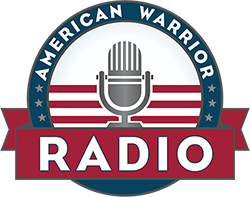“Fly Girls Revolt” by Dr. Eileen Bjorkman tell the stories of the pioneering woman who had to fight in order to allow women to fly in combat. Eileen logged more than 700 hours in 25 different types of military aircraft as a flight test engineer and retired from the Air Force as a Colonel.
Two of the first pioneers were well known aviatrixes Jaqueline Cochran and Nancy Harness Love. Each convinced authorities to create sanctioned groups of female pilots to assist with the war effort in 1942. The two groups would eventually be merged into the Woman Airforce Service Pilots organization. (WASPs)
They principally ferried planes from factories to bases but also performed other roles such as towing air targets. About 38 of these women were killed ferrying aircraft. All these women served as civilians and were not granted Veteran benefit status until the late 1977.
1977 was also the first year women were allowed to undergo Air Force Pilot training. However, there was still a prohibition to women serving in combat roles. As such, these female pilots were assigned to fly cargo, refueling and similar planes. Fly Girls Revolt highlights several examples of situations where this prohibition was shown to be hollow. While planning the 1986 bombing raid against Libya, the commander of the Air Refueling tankers said he would not fly the mission without his female pilots.
In some cases, there were suggestions that female pilots who flew into “hot” zones should not be awarded the same medals as their male counterparts because they were “not supposed to be there”.
It was not until 1993, fifty one years after the WASPs that women were finally officially allowed to fly in combat aircraft. The first three were Capt. Sharon Preszler (F-16), Capt. Martha McSally (A-10) and Lt. Jeannie Flynn (F-15).
Eileen also wrote “Unforgotten in the Gulf of Tonkin”.
TAKEAWAY: “You know you are in a combat plane if you are allowed to shoot back.”

